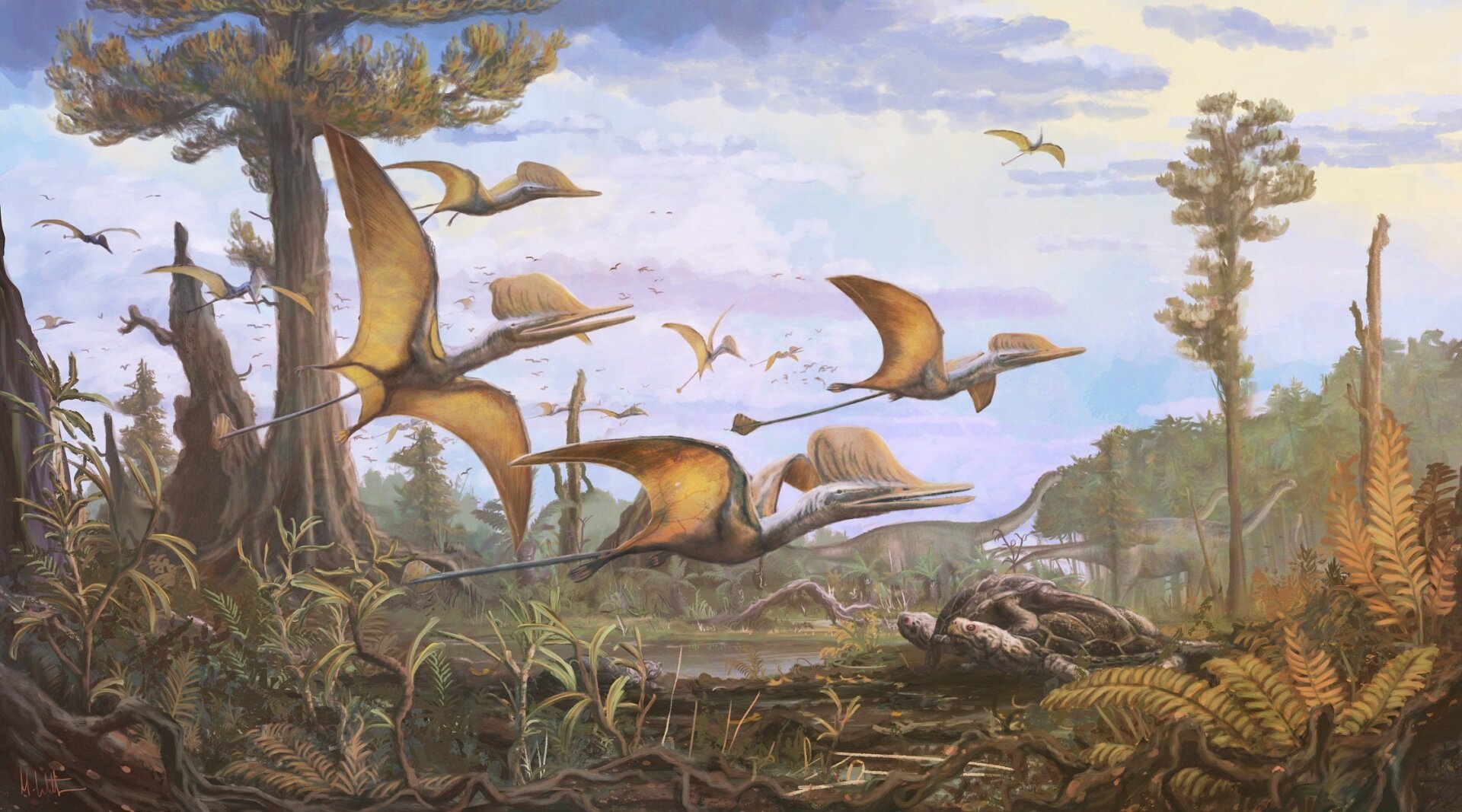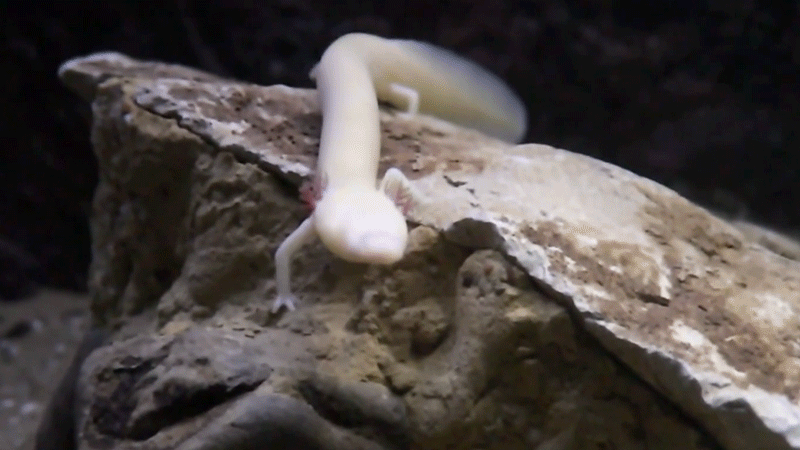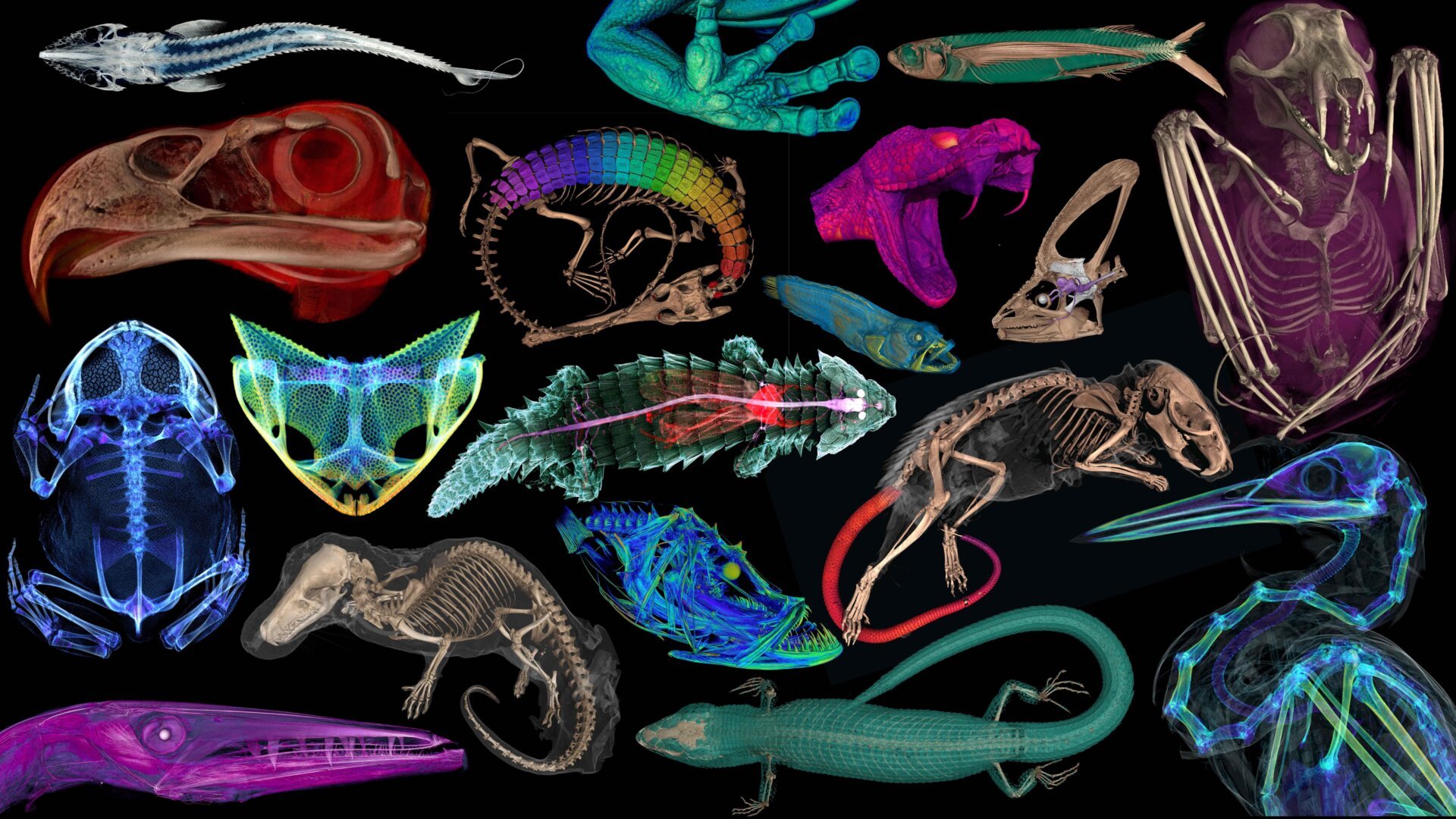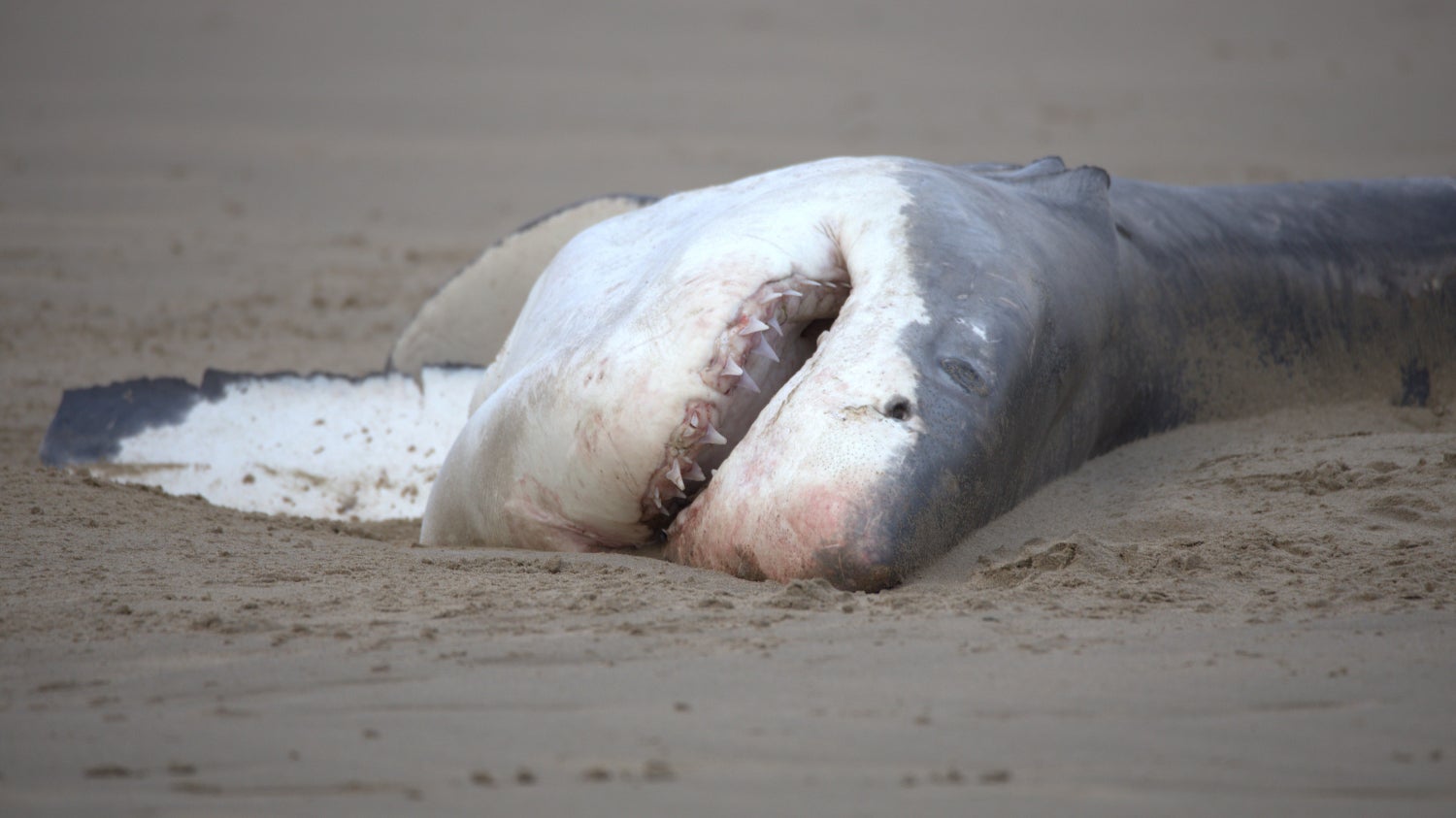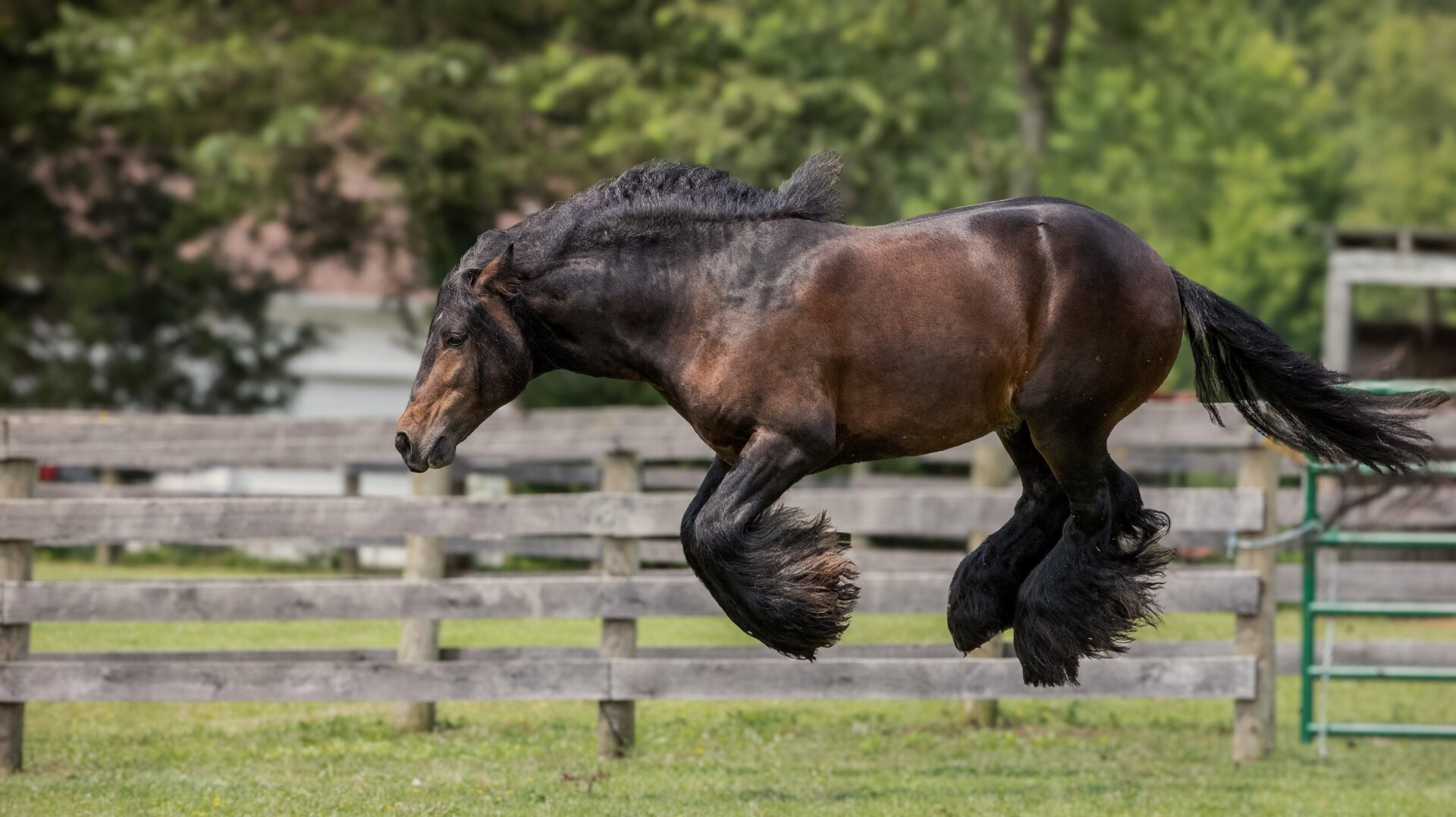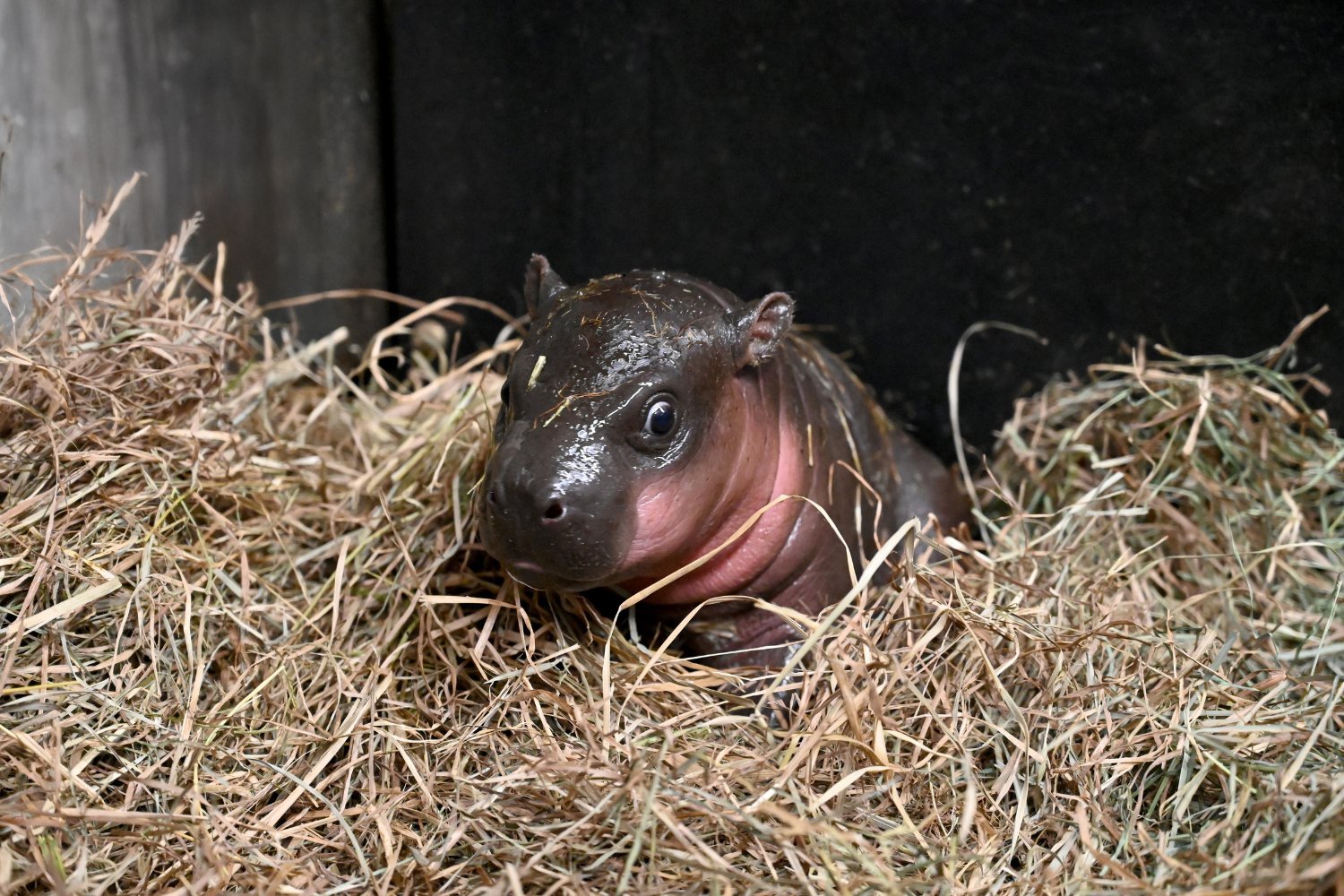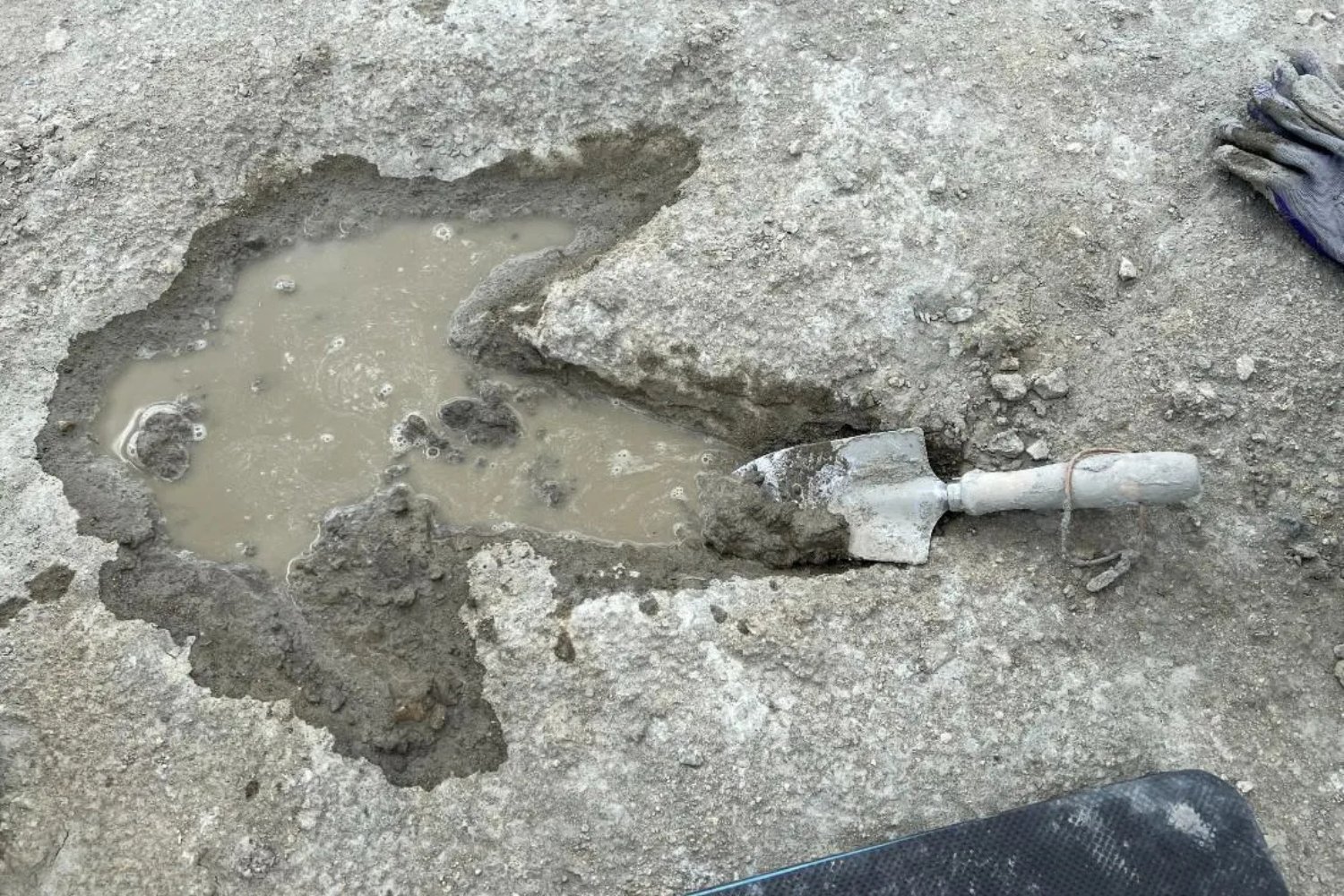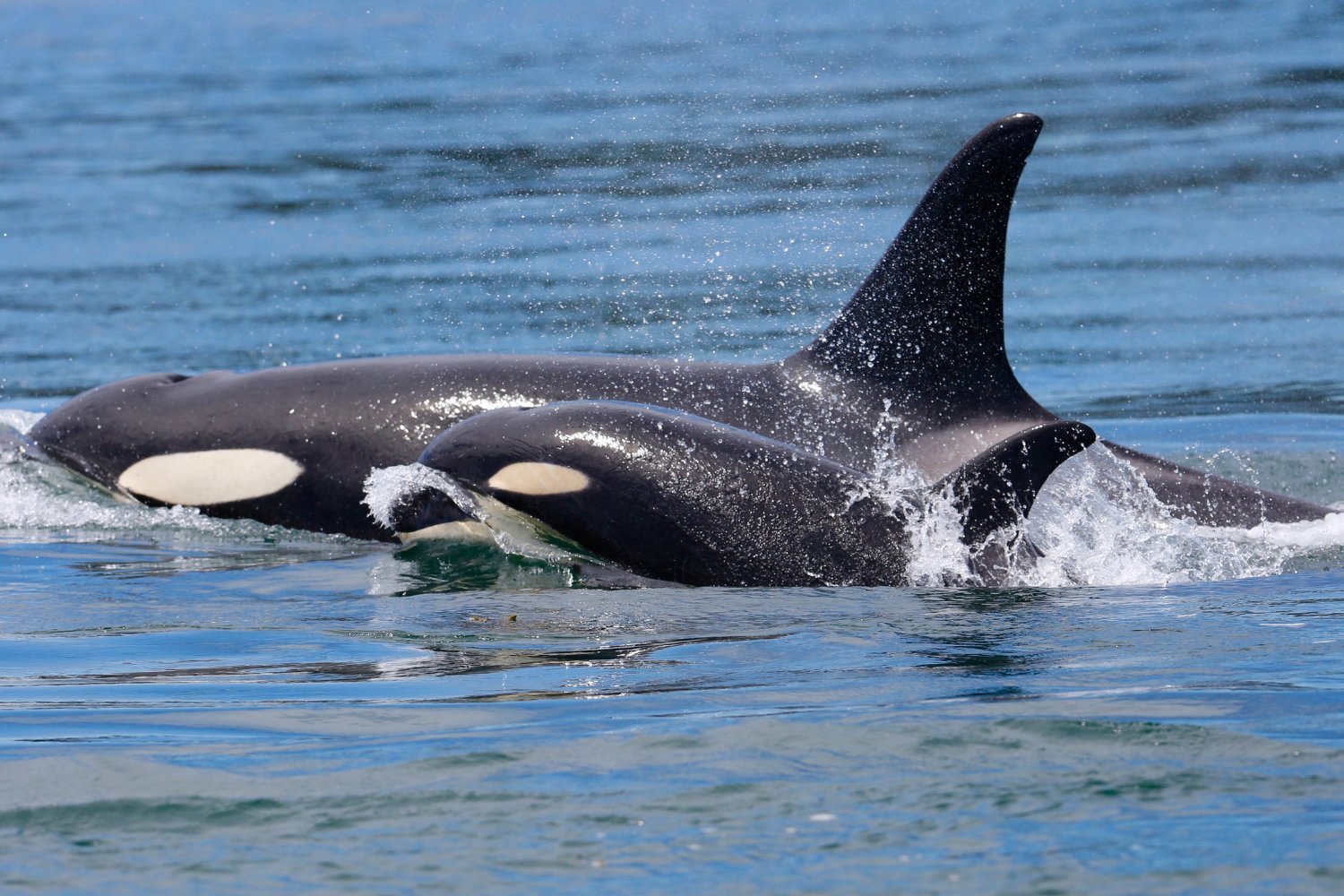A remarkable discovery on Scotland’s Isle of Skye has unveiled a new species of pterosaur, a flying reptile that coexisted with dinosaurs. Named Ceoptera evansae, this 165-million-year-old fossil represents the second pterosaur found in Scotland, offering valuable insights into the diversification of these ancient flyers.
Pterosaurs were the earliest vertebrates to achieve powered flight, occupying ecological niches later filled by seabirds, storks, and other airborne creatures. The C. evansae fossil was initially discovered in 2006 on Skye’s southwestern coast. Researchers meticulously excavated the fossil and utilized CT scanning for delicate bone fragments embedded within the rock matrix. The team’s findings were recently published in the Journal of Vertebrate Paleontology.
“Pterosaur fossils are generally rare due to their fragile bone structure,” explained Paul Barrett, a paleontologist at London’s Natural History Museum and co-author of the study. “Their airborne lifestyle also reduces their chances of fossilization near rivers and lakes, where fossils typically form.”
C. evansae joins another significant pterosaur discovery on Skye. In 2022, Dearc sgiathanach, a Middle Jurassic pterosaur with an impressive 8-foot wingspan, was announced. This makes D. sgiathanach the largest Jurassic pterosaur known.
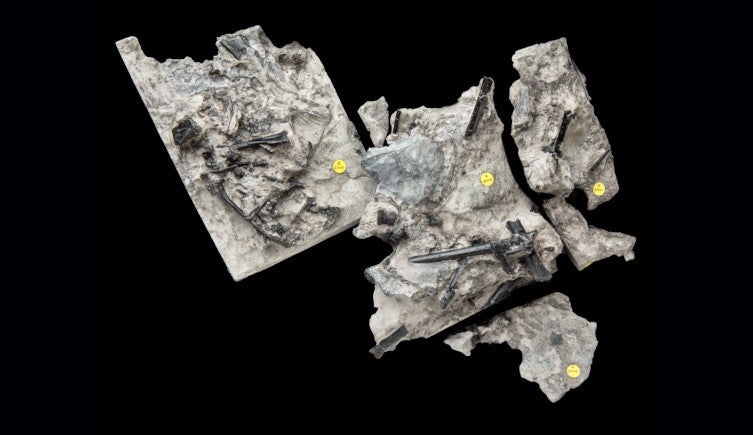 The fossil C. evansae.Ceoptera evansae fossil. Photo: © The Trustees of the Natural History Museum, London.
The fossil C. evansae.Ceoptera evansae fossil. Photo: © The Trustees of the Natural History Museum, London.
While impressive, D. sgiathanach wasn’t the largest pterosaur ever discovered. That distinction belongs to Quetzalcoatlus, a North American pterosaur with a staggering 40-foot wingspan and a height of 12 feet, making it the largest known flying animal. C. evansae, with an estimated wingspan of just over 5 feet, was comparatively smaller.
Despite its smaller size, C. evansae adds to the growing collection of ancient life discovered in Scotland, alongside D. sgiathanach. Both Jurassic pterosaurs highlight the diversity of flying reptiles in the region during that period.
“We now believe darwinopterans coexisted with a diverse range of other pterosaurs, including Dearc, for approximately 25 million years,” added Barrett. “This kind of overlap is extremely rare in the fossil record, with the UK and China being the only known locations exhibiting this phenomenon.”
The study of C. evansae also showcases paleontologists’ advanced techniques in digital fossil preparation. CT scanning allows researchers to examine bones that are impossible to excavate physically, creating 3D models of the fossil in its original position and even digitally reconstructing the ancient animal.
 Digital reconstruction of C. evansae.Digital reconstruction of C. evansae. Photo: © The Trustees of the Natural History Museum, London.
Digital reconstruction of C. evansae.Digital reconstruction of C. evansae. Photo: © The Trustees of the Natural History Museum, London.
For centuries, Scotland lacked pterosaur fossil discoveries. However, with two Skye discoveries in recent years, we are potentially witnessing a pivotal moment in understanding Middle Jurassic ecology. These finds may pave the way for a richer comprehension of the prehistoric world and the creatures that inhabited it.
In conclusion, the discovery of C. evansae offers a unique window into the world of Jurassic pterosaurs. Its presence alongside D. sgiathanach paints a picture of a diverse ecosystem teeming with flying reptiles. The application of modern technology, such as CT scanning, further enhances our ability to study these delicate fossils, providing invaluable insights into the evolution and ecology of these fascinating creatures.



